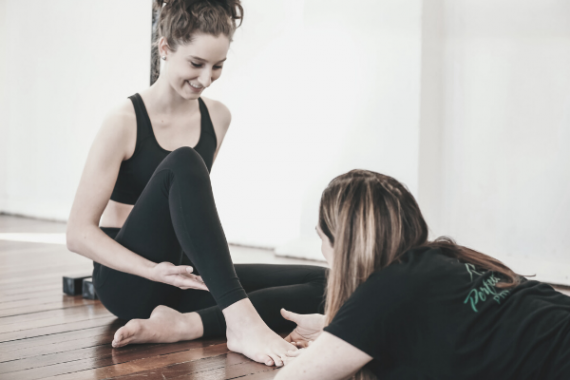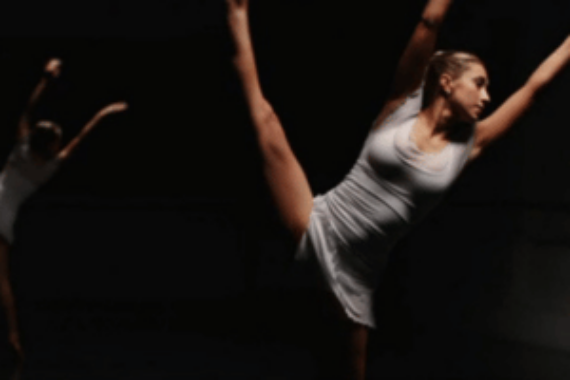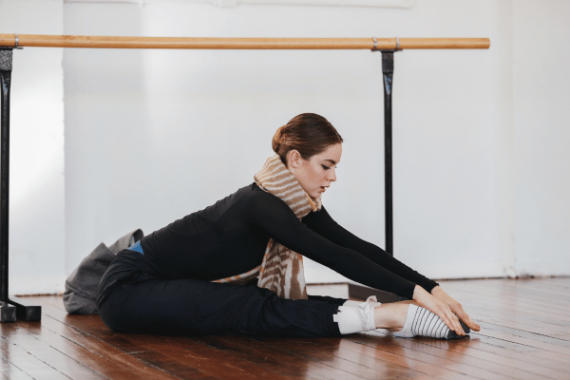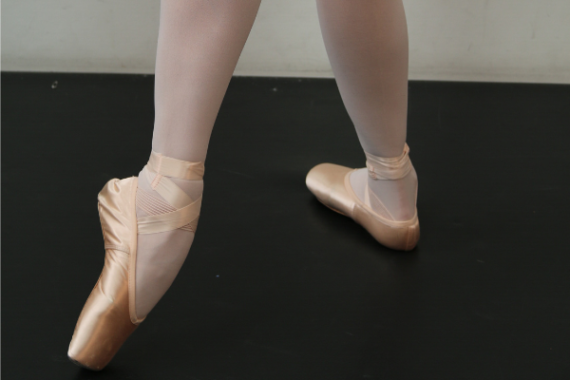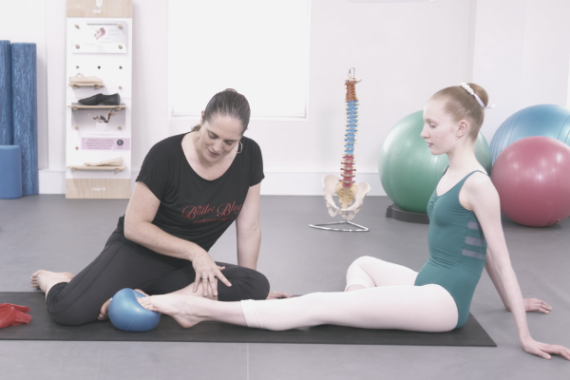Lisfranc Injury - To have Surgery or Not?
Hello Lisa!
Firstly, can I just say how great it is to see you producing materials which have the potential to provide holistic support for dancers following injury. I attended one of your workshops in the UK and my students love your flexibility program!
My question relates to the prognosis of recovery from a suspected Lisfranc injury. I no longer dance professionally but still teach and enjoy ballet classes for recreational purposes.
This has all had to stop for now after a lengthy period of trying to get a diagnosis with what seems to be a rare injury. Although scans have failed to show conclusively it is suspected that I have a Lisfranc injury around the first tarso-metatarsal area.
It was caused by a slip on a wet floor but am wondering what my chances are of returning to recreational dance if surgery goes ahead to fixate the unstable joints.
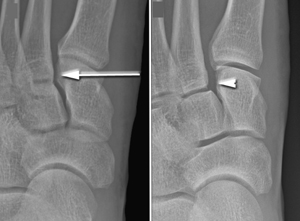
It was caused by a slip on a wet floor but am wondering what my chances are of returning to recreational dance if surgery goes ahead to fixate the unstable joints.
I have never been given the option of temporary immobilisation and rehab but would really prefer not to go the surgery route if I can avoid it. As I say, as an ex-dancer I know my feet. There is something moving which should not be moving but it does improve with restricted activity and rest which makes me wonder if it is worth trying a non surgical option.
I have had multiple scans but am awaiting results of a nuclear SPECT CT scan as nothing is showing up on scans although it is very apparent that something is moving in my foot. Do you offer consultations by phone or Skype? I would be very keen to pay for a distance consultation once I have all the information to get your view. I have recently changed to another surgeon and have found a more experienced dance Physio who would see me post a decision of a treatment plan from surgeon.
Would your new program be applicable to my situation? If so, I would be grateful to hear your thoughts and would be happy to share my experience of using the program for rehab.
Also, Is this a rare injury for a dancer? I have yet to meet someone who has come out the other side of this dancing so would appreciate your thoughts. I should add that the injury occurred over a year ago and the first consultant did not pick up the injury so I was told to work through the pain. I never did this fully as I know my feet and was sure there was something further wrong but just did not realise how serious.
Thanks in advance,
KT
Hi KT,
Thanks so much for your email, and yes – I have had several students with Lisfranc injuries (and other major ligament injuries in the mid-foot) get back to full dancing with the proper rehab program, and yes, this is exactly what the new program is about! It is essential to stabilise the mid foot to allow full healing of the ruptured ligaments to take place and it is obviously very unfortunate that you were told to dance through the pain. However, it is good that you listened to your own body and did not push through too much pain. As you most probably know I never advocate working through pain, as there is always a reason for it, and it is better to deal with the cause of the pain, rather than risk further injury.
As for the injury being rare, I actually do not class it as very rare and have had at least 8-10 in the last 10 years, and it is something that I routinely ‘clear’ when dealing with any pain in the mid foot. It often gets missed, but the recovery can be good if dealt with well.
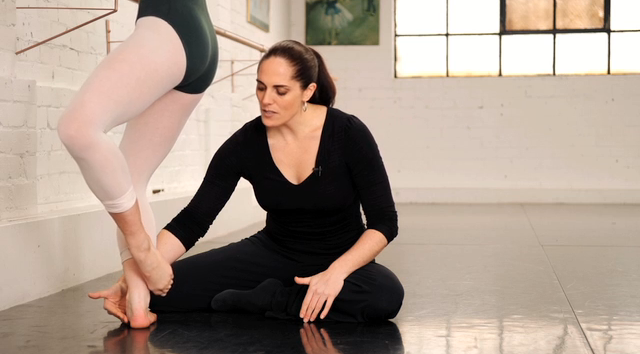
Not all Lisfranc injuries require surgical fixation, but I am obviously unable to advise on this without seeing your foot and any scans. It never ceases to amaze me that so many medical practitioners will jump straight into the surgical option without actually giving the injury a decent chance at healing itself. Especially if it is not a confirmed Lisfranc injury I would definitely recommend a period of time in an orthopaedic boot before even considering surgical fixation. During this time you can still actually continue your training. The boot may need to be padded with a customised orthotic to help support the foot in a good position.
I would definitely recommend this as a trial before looking at surgery, as the body is amazing at healing when given the correct opportunity. That being said, if it has been a year, there may be some value in surgery as the active period of healing may have passed, but I am unable to advise on this from here, and without seeing the results of your scans.
During the period of immobilisation it is also essential to have specific mobilisation of the other joints in the foot during this time so that they do not stiffen up (with a qualified health professional). I would also recommend a detailed program of strengthening for the midfoot, as well as the other foot to ensure that your return to dance is optimal.
Kindest regards
Lisa
Injury & Foot Resources
If you are looking to delve deeper into this topic, check out the following programs:
- Will I Ever Dance Again: The “Will I Ever Dance Again?” program is perfect if you are unable to train at full capacity, whether this is due to a foot injury, surgery, an accident or illness outside of the studio. It helps you build back to full capacity gradually, while maintaining strength, flexibility and control in the rest of the body.
- Level One Dance Teacher and Therapist Training: This unique course covers a multitude of assessment and treatment techniques to individualise a dancer's training. With special focuses on Postural Control, Core Stability, Flexibility, Basic Classical Technique, The Dancers Hip, Allegro, Spinal Mobility and Arabesques, it is suitable for anyone working closely with dancers.



